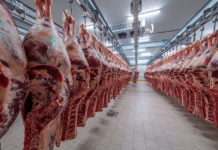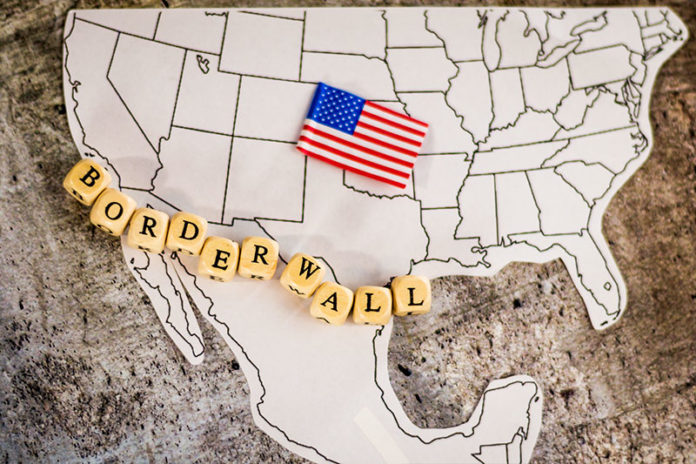Stan Marek can’t find men to hire. The work is there; an abundance of it as the housing market continues rebounding from the last recession. Marek told Fox News his construction company could easily add 600 positions to meet construction demand. But, as Marek notes, “there’s just not anybody you can hire out there…there’s work out there if we could find those people.”
Marek’s is a common story in the construction industry: a deep housing market, but a shallow labor pool. According to business owners like Marek, many of these positions disappeared with last decade’s recession. Yet, as the demand for new construction recovered, the number of skilled laborers did not. Houses now take longer to build because crews are smaller, and new construction costs have soared as labor rates have increased to reflect the new supply and demand curve. For example, Bloomberg notes the cost of framing a 3,000 square foot house has nearly doubled in less than a year due to lack of skilled migrant labor. This adds thousands of dollars to the cost of new construction that home buyers are forced to pay.
According to Fox News, the National Association of Home Builders notes that labor shortages are affecting more than halfof the nation’s developers; a problem even more acute in the country’s hotter housing markets. One reason is many of the skilled laborers impacted by the recession left the industry in pursuit of new opportunities, or returned back to their home country. More recently, however, another factor impacting construction labor has arisen: President Donald Trump’s immigration crackdown.
Traditionally we think of immigration “costs” in terms of strains on social welfare, hospital systems, and schools. While this is a legitimate metric, it is increasingly important also to look at the hidden costs of trying to address America’s immigration system with enhanced restrictions. This is not to say, as I have written before, that border security is no longer a crucial objective; it is, and to his credit, Trump has done a laudable job ending the capricious messaging of the Obama administration on illegal immigration, especially across our southern border. Regardless of whether Trump’s wall is ever built, his reversal of nearly a decade of Obama’s feckless immigration policies has already made a difference.
Meanwhile, Republicans respond to pressure from constituents that any compromise on immigration is tantamount to going back to the Obama days, by refusing to do anything other than voice support for stronger and stronger restrictions.
A solution that is best for America lies somewhere in between the nonsensical notion of “Sanctuary Cities” (or states) and completely shutting off the avenue for foreign-based labor – in other words, immigration reform that provides adequate funding for border protection and maintains enforcement of America’s immigration laws, but also creates better and easier ways to lawfully enter the country for work. In many respects, the traditional “costs” of immigration are felt only in the abstract, and in some cases, are exaggerated altogether. The hidden costs, however, such as increases in products and services, like construction, which rely heavily on lower-cost labor, are felt immediately and daily by citizens who must shoulder the costs of dwindling migrant labor burdening businesses.






























